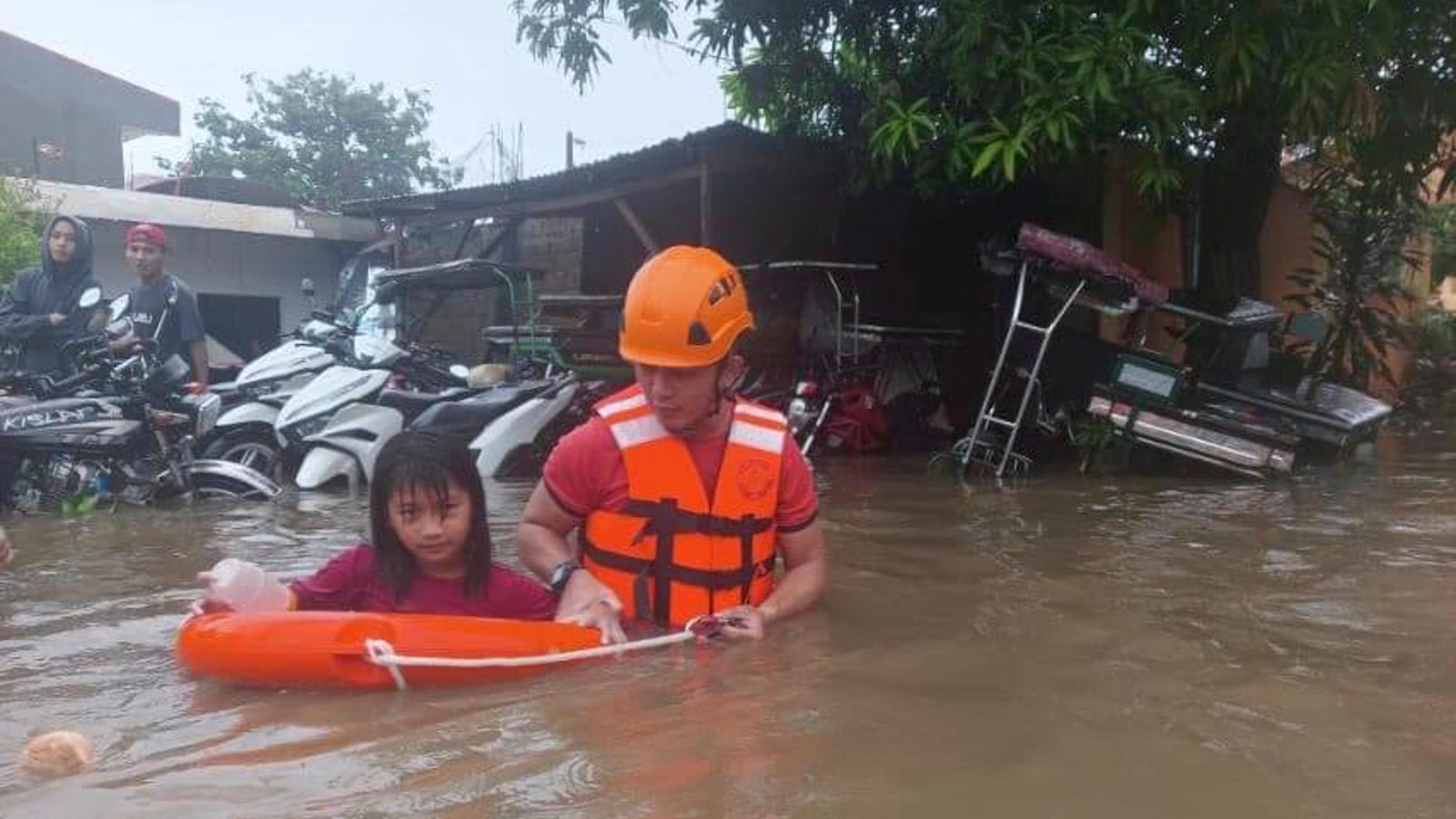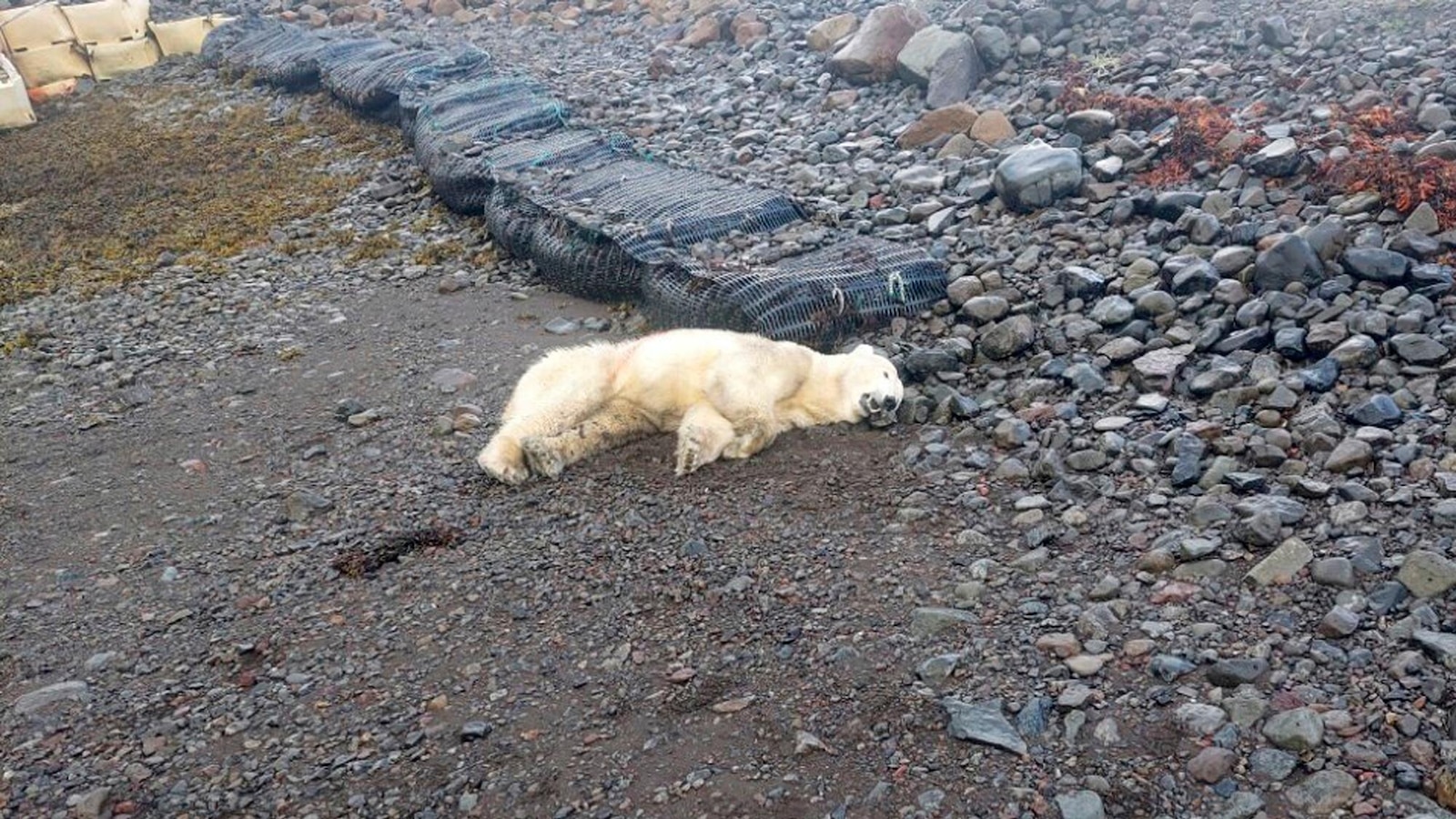
MANILA, Philippines — A typhoon has finally moved away from the Philippines, leaving at least seven people dead, mostly due to floods or toppled trees, and forcing the closures of several seaports, stranding thousands of passengers, officials said Tuesday.
Typhoon Ewiniar crept by the country’s eastern coast late Friday night and lingered over the Philippine islands for several days, before shifting northeastward away from the archipelago. All storm warnings were lifted Tuesday.
The typhoon’s shift in direction spared the densely populated capital, Manila, from a potentially damaging hit.
Ewiniar, locally known as Aghon, was last tracked Tuesday about 450 kilometers (280 miles) east of the northern town of Basco in Batanes province with sustained winds of 130 kph (81 mph) and gusts of up to 160 kph (99 mph), according to government forecasters.
At least six villagers drowned in floodwaters or died after being hit by falling trees during the sudden deluge in the hard-hit province of Quezon, provincial police said. In southern Misamis Oriental province, a villager died when a tree fell and struck a motorcycle taxi she was riding on with her sister as they were on their way to school, police said.
Many villages were overwhelmed by flash floods. Some low-lying areas were engulfed in up to eight feet (2.4 meters) of water in Lucena, Quezon province’s capital city. The flooding was partly due to clogged drainage systems after an extra-hot summer season, Quezon Governor Angelina Tan and other provincial officials said.
Tan said many houses, including the governor’s residence, were damaged by fierce wind and torrential rains. The typhoon forced her to seek shelter elsewhere while overseeing the distribution of food and other aid to displaced villagers, she said.
Before flying to Brunei on Tuesday for a state visit, President Ferdinand Marcos Jr. said more than 26,700 people were affected by the typhoon, including many who fled to evacuation centers in five provincial regions. Three airports and 29 seaports could not operate normally due to the typhoon while six cities and towns were hit by power outages, he said.
More than 4,800 passengers, truck drivers and cargo helpers were stranded at one point due to seaport closures as the typhoon lashed southern and central provinces, the Philippine coast guard said.
“Even before the typhoon hit, we’ve transported relief goods in places near the typhoon’s expected path, so they were all ready,” Marcos said.
About 20 typhoons and storms each year batter the Philippine archipelago, which also lies in an Asian region often hit by earthquakes and volcanic eruptions, making it one of the world’s most disaster-prone countries.
In 2013, Typhoon Haiyan, one of the strongest on record, left more than 7,300 people dead or missing, flattened entire villages, swept ships inland and displaced more than 5 million in the central Philippines.
Typhoon season has once again wreaked havoc in the Philippines, with at least seven people dead and thousands more displaced as a result of the powerful storm. The typhoon, named Typhoon Odette, made landfall in the Philippines earlier this week, bringing heavy rains, strong winds, and widespread flooding to many parts of the country.
The death toll continues to rise as rescue teams work tirelessly to locate and assist those affected by the storm. Many areas have been left without power or clean water, making it difficult for residents to access basic necessities. In addition to the loss of life, thousands of homes have been destroyed or damaged, leaving families homeless and in need of assistance.
The Philippines is no stranger to typhoons, as the country is located in a region prone to tropical storms and extreme weather events. However, the impact of Typhoon Odette has been particularly devastating, with reports of entire communities being wiped out by the storm.
The government has declared a state of calamity in several regions affected by the typhoon, allowing for the allocation of emergency funds and resources to assist those in need. Local officials are working with aid organizations to provide food, shelter, and medical assistance to those affected by the storm.
In the aftermath of Typhoon Odette, it is crucial for the international community to come together and support the Philippines in their recovery efforts. Climate change is exacerbating the frequency and intensity of natural disasters like typhoons, making it more important than ever for countries to work together to mitigate the impact of these storms.
As we continue to see the devastating effects of climate change around the world, it is clear that urgent action is needed to address this global crisis. The people of the Philippines are resilient, but they cannot face these challenges alone. It is up to all of us to come together and support those in need during their time of greatest need.


